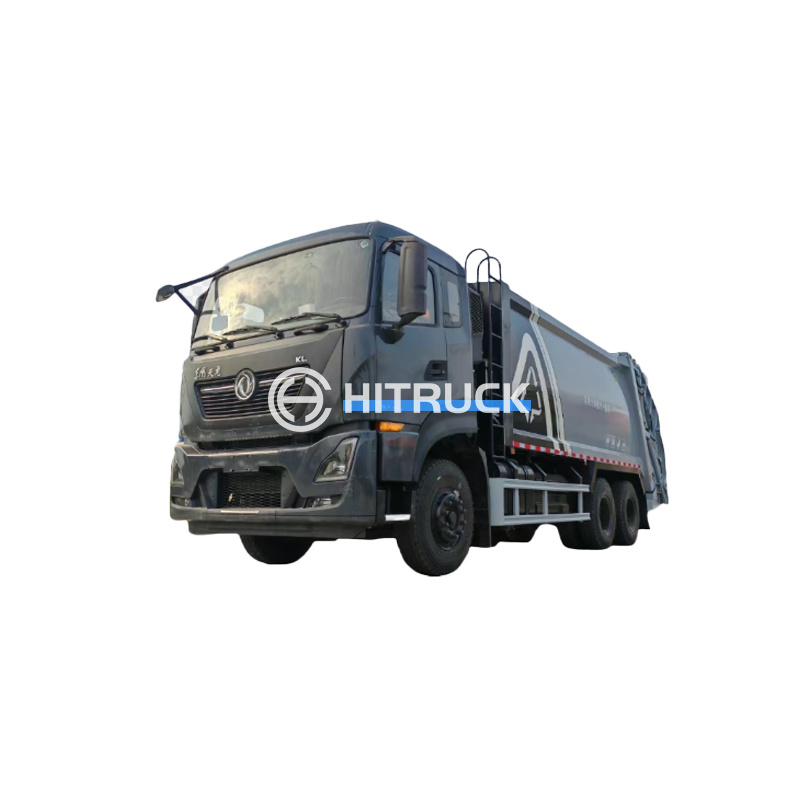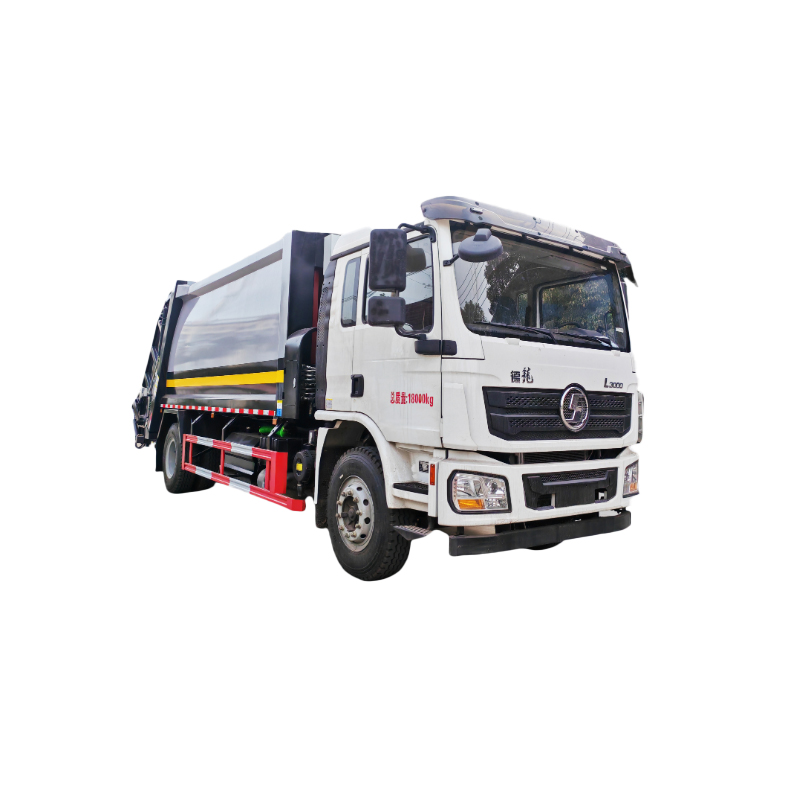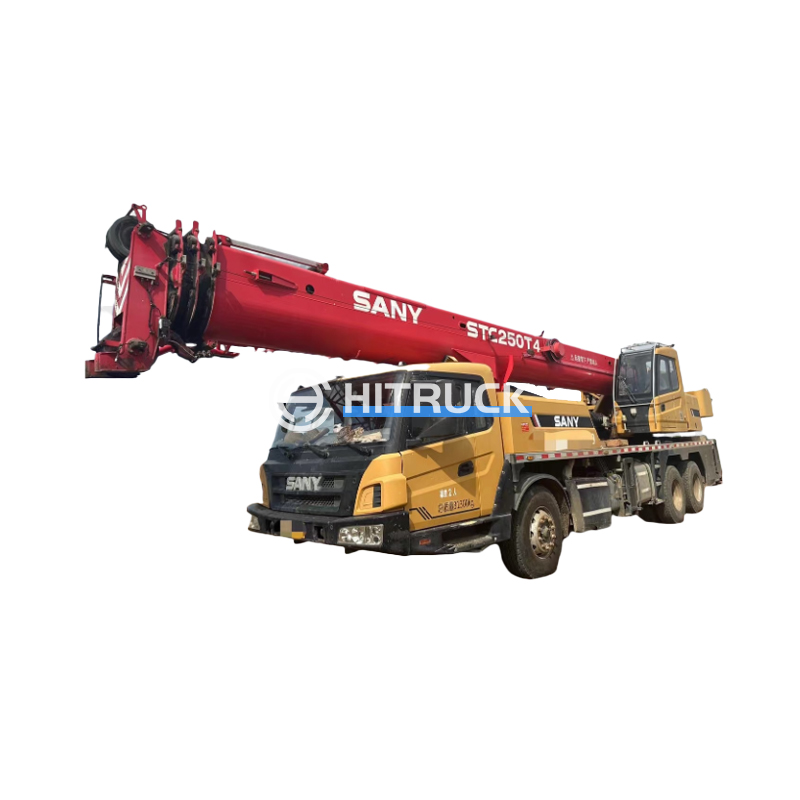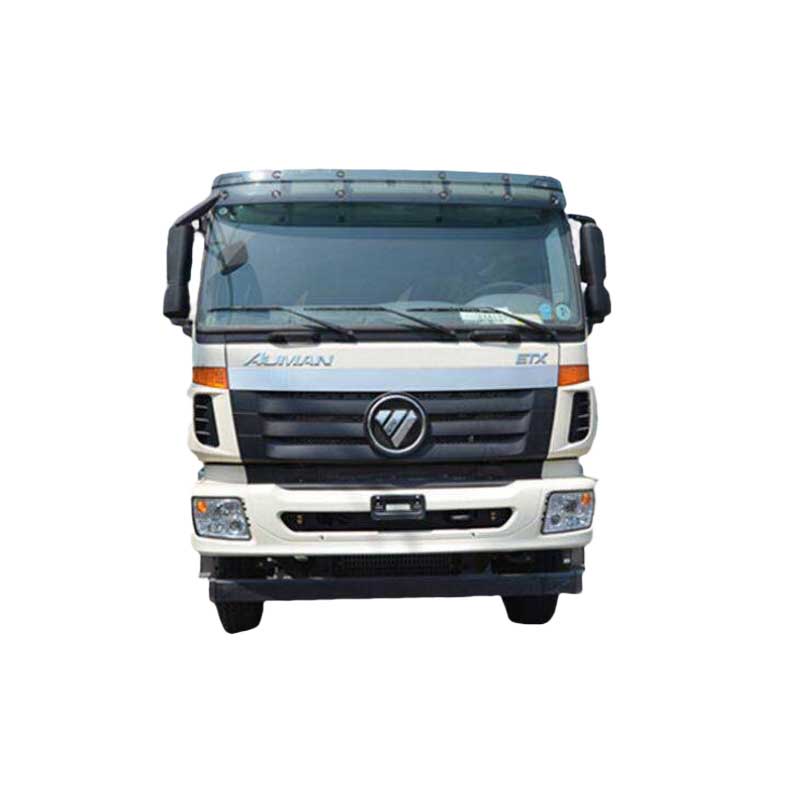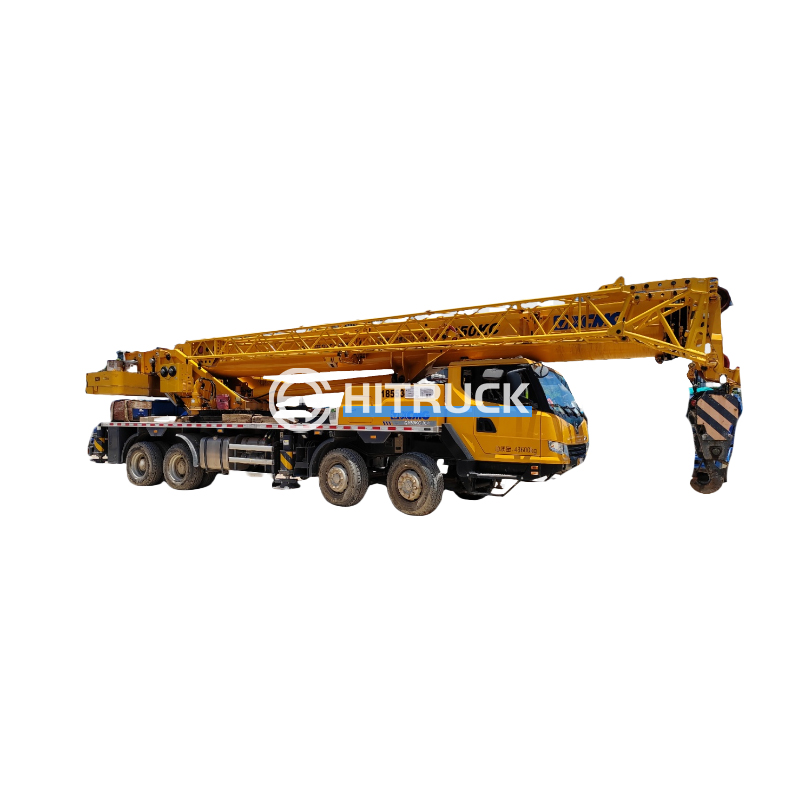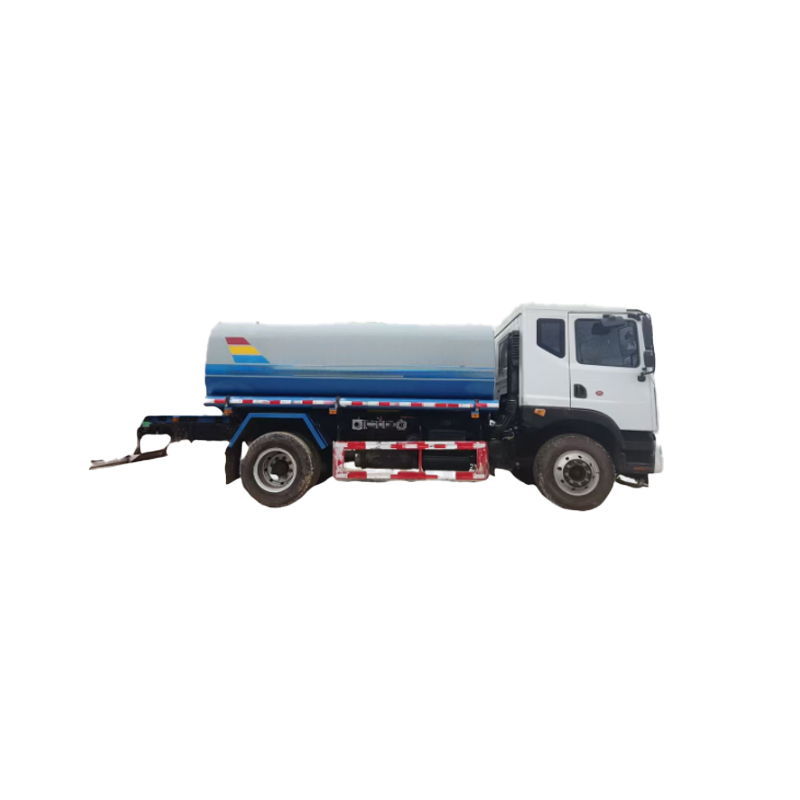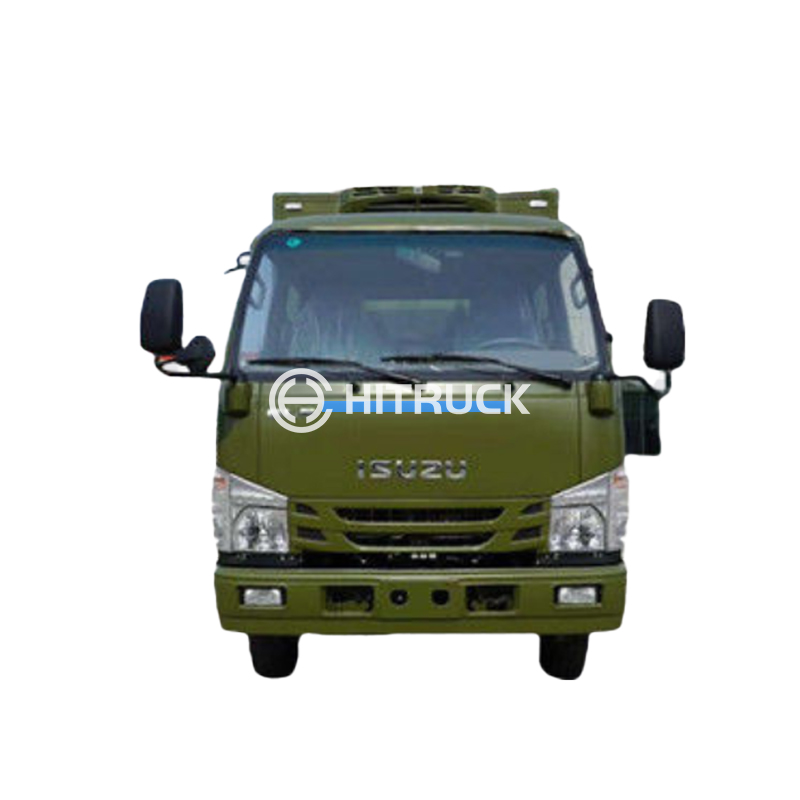Luffing Jib Tower Cranes: A Comprehensive GuideLuffing jib tower cranes are versatile and powerful construction equipment crucial for high-rise building projects. This guide explores their features, benefits, applications, and considerations for optimal use. We'll delve into the technical specifications, safety aspects, and common maintenance procedures. Learn how to choose the right luffing jib tower crane for your next project and maximize its efficiency.
Understanding Luffing Jib Tower Cranes
What is a Luffing Jib Tower Crane?
A
luffing jib tower crane is a type of tower crane characterized by its ability to adjust the jib's angle (luff) vertically. Unlike fixed jib tower cranes, this feature provides greater flexibility in positioning the crane's hook, allowing it to reach various points within its working radius without moving the entire crane base. This increased maneuverability is particularly beneficial in congested workspaces or when working on complex projects with varying structural layouts. They are frequently used in urban high-rise construction, bridge construction, and infrastructure projects.
Key Features and Components
Luffing jib tower cranes typically comprise several key components: Tower: The vertical support structure, providing stability and height. Jib: The horizontal arm extending from the tower, supporting the hoisting mechanism. This is the key element differentiating a luffing jib crane from a fixed jib crane – it can change its angle. Hoisting Mechanism: The system responsible for lifting and lowering loads. Slewing Mechanism: Allows the entire jib and hoisting system to rotate 360 degrees. Counterjib: Balances the weight of the jib and load. Luffing System: This mechanism allows the jib angle to be adjusted. This is often hydraulic or a combination of hydraulic and electric systems.
Types of Luffing Jib Tower Cranes
Luffing jib tower cranes come in various sizes and configurations, categorized by lifting capacity, jib length, and luffing system type. Some common types include: Hydraulic Luffing Cranes: These utilize hydraulic cylinders to adjust the jib angle, offering smoother operation and potentially faster luffing speeds. Electric Luffing Cranes: Electric motors power the luffing system, known for their reliability and precise control. Combination Luffing Cranes: They combine hydraulic and electric systems.
Applications and Benefits
Where are Luffing Jib Tower Cranes Used?
The versatility of
luffing jib tower cranes makes them suitable for a wide range of construction applications: High-rise Buildings: Their ability to maneuver within a tight radius is ideal for urban high-rise projects. Bridge Construction: Lifting heavy components and positioning them with precision. Infrastructure Projects: Erection of large structures, such as dams and power plants. Industrial Construction: Handling heavy materials and equipment in various industrial settings.
Advantages of Using Luffing Jib Tower Cranes
Choosing a
luffing jib tower crane offers significant advantages: Increased Flexibility: Adjusting the jib angle expands the reach and reduces the need for crane repositioning. Improved Maneuverability: Crucial in confined spaces and complex construction sites. Enhanced Efficiency: Faster lifting and positioning of materials, leading to faster project completion. Greater Safety: Reduced crane movements and precise load placement contribute to enhanced safety.
Selecting and Maintaining a Luffing Jib Tower Crane
Factors to Consider When Choosing a Luffing Jib Crane
Several factors should influence your selection: Lifting Capacity: Choose a crane that meets the project's maximum load requirements. Jib Length: Select a jib length that covers the required working area. Luffing Angle: Consider the necessary range of jib angles for optimal reach. Height Under Hook: Essential for determining the crane's accessibility and reach within the construction site.
Regular Maintenance and Safety Procedures
Regular maintenance is crucial for maximizing the lifespan and safety of your
luffing jib tower crane: Thorough inspections: Regularly inspect all components, including the hoisting mechanism, luffing system, and braking systems. Lubrication: Regularly lubricate moving parts to prevent wear and tear. Operator Training: Proper operator training is paramount for safe operation. Safety Regulations Compliance: Adhere to all relevant safety regulations and guidelines.
Safety Considerations
Safety is paramount when operating
luffing jib tower cranes. Strict adherence to safety regulations, proper operator training, and regular maintenance are crucial in preventing accidents. Always ensure the crane is properly assembled, grounded, and inspected before use. Never exceed the crane's rated capacity.
| Feature | Fixed Jib Crane | Luffing Jib Crane |
| Jib Angle | Fixed | Adjustable |
| Maneuverability | Limited | High |
| Space Requirements | Potentially larger footprint | Can work in tighter spaces |
For more information on heavy machinery and equipment, check out
Suizhou Haicang Automobile sales Co., LTD. They offer a wide range of solutions for your construction needs.(Note: This information is for general knowledge and should not be considered professional advice. Consult with qualified professionals for specific project requirements.)




